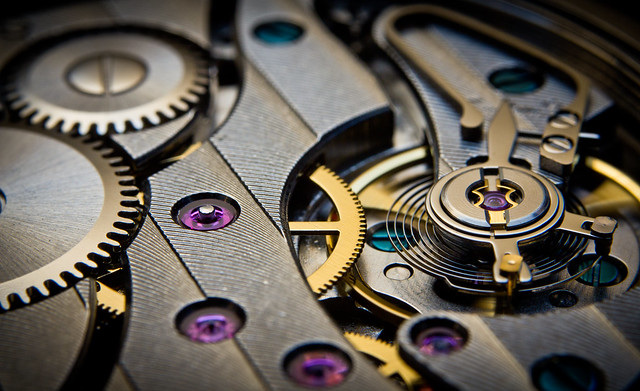Old Historical Watch

History of time keeping gadgets is loaded with numerous samples of mainstream outlines that empowered individuals to measure time, however watches figured out how to change our human advancement on much bigger scale. Before we were acquainted with the tickers that were connected to pocket affixes or strapped to our wrists, all mechanical clocks were enormous static table or divider timekeepers that were moderate to make, exorbitant, and in particular exceptionally erroneous. Entry of little watches that might be conveyed at whatever point was received by populace quickly, which filled incalculable trailblazers, engineers, researchers, makes and design fashioners to grasp watches and guarantee their consistent development and development. Such prevalence drove advancements, powered personalities of creators, and empowered production of little, solid, simple to deliver and modest time keeping gadgets that positively oversaw structure the premise of the cutting edge human advancement in which we live today.

Initially compact checks were presented in the early years of mechanical check generation in Europe. Throughout sixteenth century architects and producers at last picked up the capacity to made gadgets on such little scale that individuals could convey it with them, however those beginning models were approach to enormous and overwhelming for pocket and wrist. Rather, first compact watches were worn on a neck pendant. Different inconveniences were terrible precision (despite the fact that they
had just hour hand, they could lose a few hours throughout one day), clamor, sturdiness and awful assurance from outside impacts (hour hand was not secured by glass, yet just with pivoted metal spread). Seeing that pendant watches are in desperate need of overhauling, numerous trend-setters set on their staging phases and hunt down an approach to bring about a noticeable improvement. This activity conceived the little watches who utilized glass insurance, light casings, little riggings, and in particular screws. With these little tickers, it was inexorable that pendant watches were soon gotten old fashioned
and overlooked by style. This minute came in 1675, when n Charles II of England presented waistcoats – little pocket watches that were joined with the suit with the little chain. This style drift soon cleared crosswise over Europe and North America, where pocket watches were utilized as an exorbitant extravagance male things and pendant looks as female things. Boundless populace got access to pocket watches just in second 50% of eighteenth century when well known lever escapement empowered clockmakers to create modest and extremely exact watches.
Wristwatches

nineteenth century and the ascent of railroad systems brought the need of worldwide institutionalization of time and development of tickers, particularly after few train mischances that could have been evaded if train faculty had synchronized timekeepers that were exact. Activity to institutionalize train time in United States at long last came in 1893, which was in charge of huge development of exact timekeepers all far and wide. However, form change struck again throughout the World War I when pocket watches picked up rivalry from little, to a great degree versatile, and simple to utilize wrist watches. With the enhanced innovations of programmed slowing down, little plans, wrist watches rapidly turned into the most mainstream sort of versatile clocks on the world. Decades on developments empowered us to begin utilizing electronic watches of numerous plans, until late 1990s when period of cellular telephones began.

In present day times wrist watches are still exceptionally famous, pendant watches are uncommon, and pocket watches came back to design just throughout concise times of times when tuxedos were well known in male populace (late 1970s and 1980s). In 21st century pocket watches speak to one of the focal style things of the mainstream steampunk subcultur











